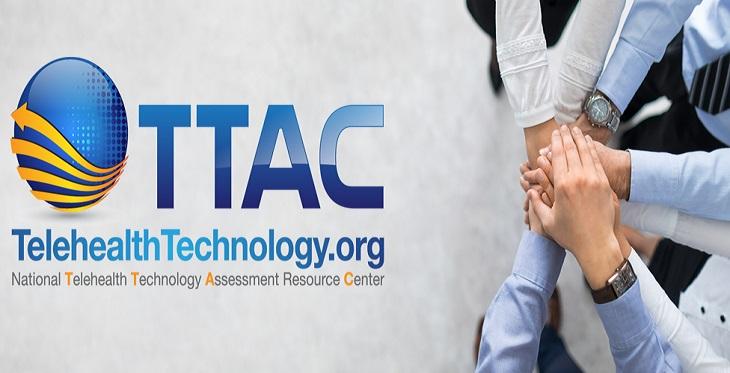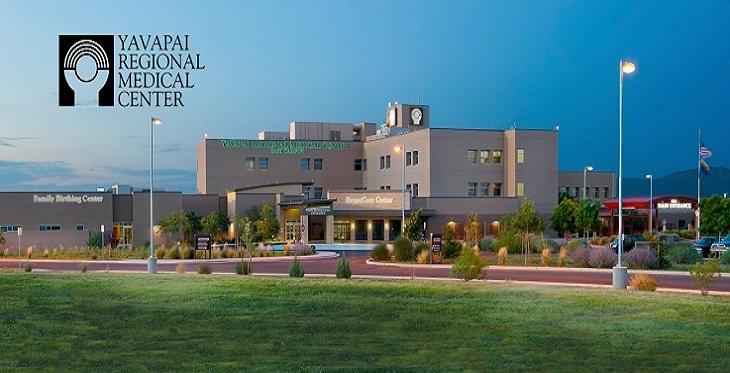The healthcare industry seems to be booming by leaps and bounds – in good part due to Telemedicine app development. More and more organizations are seeking different ways, such as e-healthcare, to reduce costs and improve patient care. Being a subset of telehealth, telemedicine uses a broad range of modern technologies and specializes in providing medical services from a distance with the help of software and communication tools.
Southwest Telehealth Resource Center Blog

The idea of having seniors use the internet on a daily basis was something not a lot of people expected. However, as the years went by, even this group couldn’t stay immune to the addictiveness of modern-day technologies and the internet.
More and more, older people today own a smartphone, and for one or another reason, they choose to spend a portion of their time on the internet. How and why they use it are clearly demonstrated in a piece by MediaAlertHelp, which details some reasons for using internet-based health aids and helps us understand some reasons that drive seniors to use technology and the internet, and how they use it.

There is no other area of my life that I am more passionate about than the accessibility of mental health providers.
Some of the people I love the most live with multiple behavioral health diagnoses and have had life-long battles with addiction. I’ve lost loved ones due to not getting the help they need. I’ve also been on the other end of the phone trying to get someone the help they need and received the frustrating response that appointments are booked out weeks, sometimes even months.

If I’ve said it once I’ve said it a million times – telehealth is not about the technology it’s about the people. However – the technology is always there and sometimes it’s worth taking a look at what people are using and what future technologies they might be interested in. Luckily the National Telehealth Technology Assessment Center (TTAC; http://www.telehealthtechnology.org/), a member of the National Consortium of Telehealth Resource Centers, does just that! They recently came out with their 2018 survey results and provided a comparison with 2014 survey results to assess trends and changes. The survey was sent to all 50 states and I don’t want to brag but will anyway – Arizona had the most respondents and Colorado and New Mexico were also in the top 10!

Telehealth has become a vital tool to deliver timely and effective medical care, particularly in rural areas. One hospital in Arizona, Yavapai Regional Medical Center (YRMC), is using telehealth to improve patient satisfaction and treat conditions that would otherwise need the services of a “big-city” hospital.


